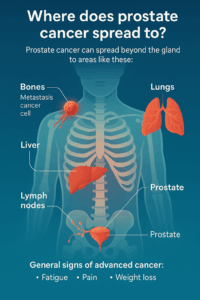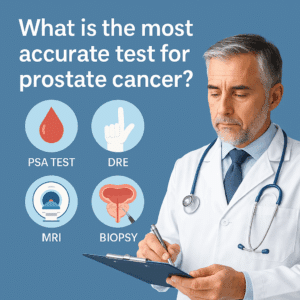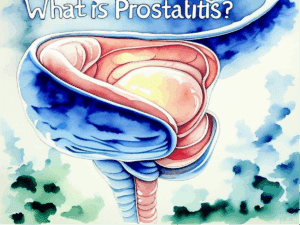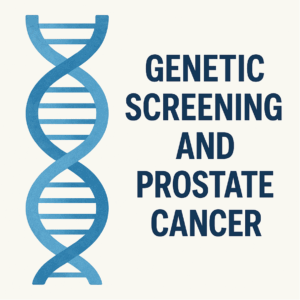Radiotherapy and Hormone Therapy
Radiotherapy is one of the most common treatments for localised prostate cancer – around 80% of patients that have treatment for their prostate cancer will have radiotherapy. It destroys cancer cells using radiation and its effectiveness is improved by use of hormone therapy prior to treatment for 3 to 6 months.
Have you been offered radiotherapy? If you’d like to find out what other treatment options could be appropriate for you, contact The Focal Therapy Clinic today.
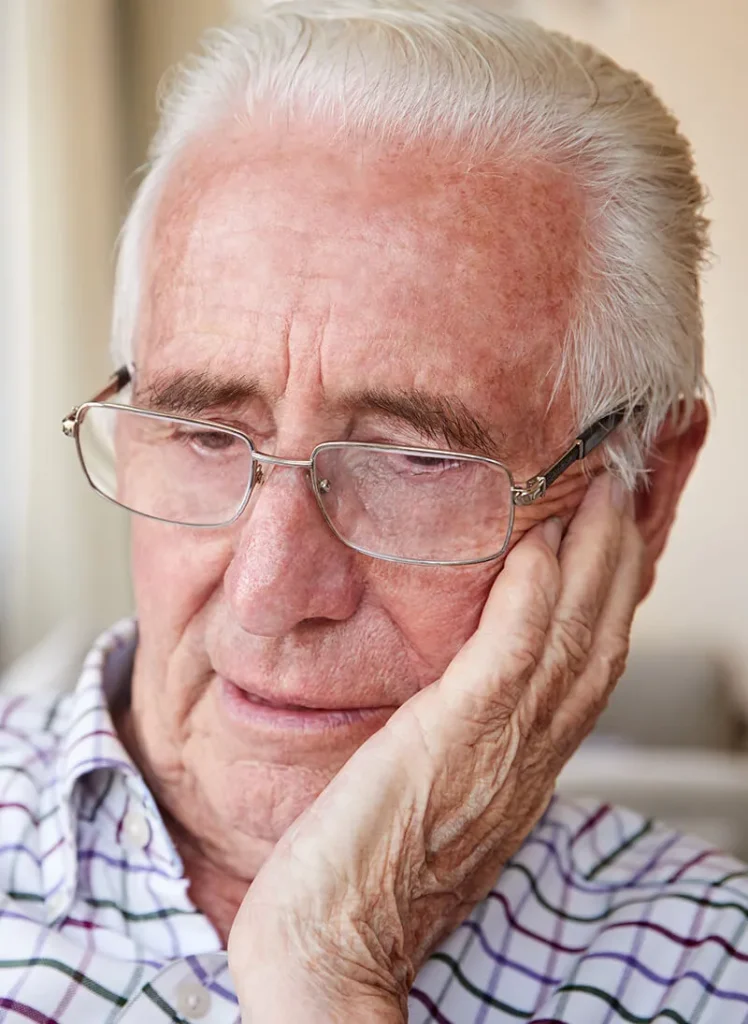
“…brachytherapy, radiotherapy and all the others…appeared to have significant drawbacks. Of course they do work and it’s important that they do. And you have a fallback. But all of them appear to have significant issues in terms of what happens afterwards…”
Nigel Harris
The Focal Therapy Clinic patient
How it works
External beam radiotherapy
With externally delivery radiotherapy, a radiotherapy machine will deliver high-energy radiation into your body to target your tumour. The machine might be static, to direct the energy beam one way, or might move around you, but it won’t touch you.
If you have localised prostate cancer, you might have around 20 treatment sessions over four weeks. At some hospitals, you might have 37 sessions over seven or eight weeks instead.
Brachytherapy
Brachytherapy uses a very small radioactive device implanted into your prostate gland to deliver higher doses of radiation more directly. These devices, or seeds, can be implanted permanently, where they deliver their radiation slowly over a few months, or temporarily, for up to 40 minutes. Temporary brachytherapy is also called high-dose rate (HDR) brachytherapy, because you have fewer, high doses of radiation instead of multiple, lower doses.
Suitability
Radiotherapy can be suitable to treat your prostate cancer if it’s localised or locally advanced. You may also be suitable for radiotherapy if you have advanced prostate cancer and you wish to control your cancer or relieve your symptoms.
If you have advanced prostate cancer, you aren’t usually suitable for focal therapy. However, if your prostate cancer is localised or locally advanced, focal therapy could be an option.
Success rates
Radiotherapy is a very effective way of treating cancer.
- Cancer curing: Over 93% of people treated with radiotherapy will be free of cancer at 5 years. For people that received radiotherapy to slow their cancer, rather than destroy it, around 95% of people will have no disease progression at 5 years.
- Sexual potency (for people that had full erectile function before treatment): Up to 50% of people can have problems getting and maintaining erections after radiotherapy, and you could find that your erectile function gets worse over the first 3 years after treatment.
- Urinary incontinence: About 40% of people will have problems with their bladder control 6 months after their radiotherapy treatment. For some people, their incontinence gets progressively worse, as they recover from the radiation.
- Bowel incontinence: some people that have radiotherapy also experience problems with their bowel control. This can affect up to 10% of people that have radiotherapy.
Side effects
Radiotherapy usually starts to cause side effects around 2 weeks after treatment starts, and they should start to resolve between 2 weeks and 3 months after treatment stops. Common side effects for external beam radiation and brachytherapy include:
- Tiredness and weakness
- Sore skin around your treatment area
- Loss of pubic hair
- Difficulty going to the toilet, with watery poo or trouble passing urine
If you have permanent brachytherapy, you become slightly radioactive for around 2 months after treatment. This means you should avoid keeping approximately 1 meter away from pregnant women and children, including having them sat on your lap.
Many men can find these side effects distressing. If you want to avoid them, The Focal Therapy Clinic offers minimally-invasive treatments that could be right for you.
On the day
External beam radiotherapy
External beam radiotherapy is delivered as a daily session for 4-8 weeks. Cancer Research UK has some tips on travelling to your radiotherapy appointments.
Before you go in, you will need to drink lots of water so that your bladder is full, to prevent your prostate moving around and protecting your bladder from the radiation. On the first day that you go in, your radiographer will explain what you can expect, but if you have any questions at any point during your treatment, you should ask them.
Your treatment will take place in a special room that houses the radiotherapy machine. You will be lying down on a special bed and the machine will move around you, but won’t touch you. The radiographers won’t be in the room with you whilst the treatment is taking place, but you’ll be able to communicate with them throughout the treatment.
Permanent brachytherapy
Permanent brachytherapy is delivered in two stages. Sometimes they are done at the same time and sometimes they’re done 2-4 weeks apart, depending on the hospital and the size of your prostate. For each stage, you will need an enema to clear your bowel and help the surgeon see your prostate more clearly.
First, you’ll have a planning session, where you’ll have an internal ultrasound scan to measure the size, shape and position of your prostate gland. This is how your radiologist will work out how many radioactive seeds you’ll need.
The second stage is when you have the seeds implanted, using needles that go through your perineum. 15-20 needles are used to place 60-120 seeds into your prostate, guided by a live internal ultrasound scan.
For both stages, you’re usually under a general anaesthetic. If you can’t have general anaesthetic, you might have a spinal anaesthetic.
Temporary brachytherapy
Temporary brachytherapy also delivers radiation directly into your prostate, through the perineum. You’ll need to empty your bowel before your procedure and have a scan so your surgeon can plan the radiation doses needed. You’ll also have general anaesthetic, or a spinal anaesthetic.
Radiation via a wire is delivered through very thin tubes, then removed after the treatment. You might have one treatment, or up to three in one go, with at least 6 hours between each one. Some hospitals remove the tubes in between your treatments, which can be more comfortable, but some leave them in. You can speak to whoever is carrying out your treatment beforehand to find out what they intend to do.
Recovery
Radiotherapy
After your treatment, it’s normal to feel tired and weak, and this can get worse as your treatment goes on. If your skin gets sore around the treatment area, your radiographer or nurse can offer suggestions on how to manage this.
Brachytherapy
Generally, you can go home when you’re recovered from the anaesthetic, but you can’t drive for up to 48 hours after your procedure so you should have someone collect you. You might have some soreness where the needles were inserted, but over-the-counter painkillers, like paracetamol, usually help.
Generally, you can go back to work as soon as you feel able.
If you’re on radiotherapy and would like to explore your other treatment options, we can help.
Contact us today
Any questions?
If you’ve got any questions about your prostate cancer diagnosis or want to know more about HIFU or NanoKnife, don’t hesitate to get in touch with our friendly, knowledgeable team.

